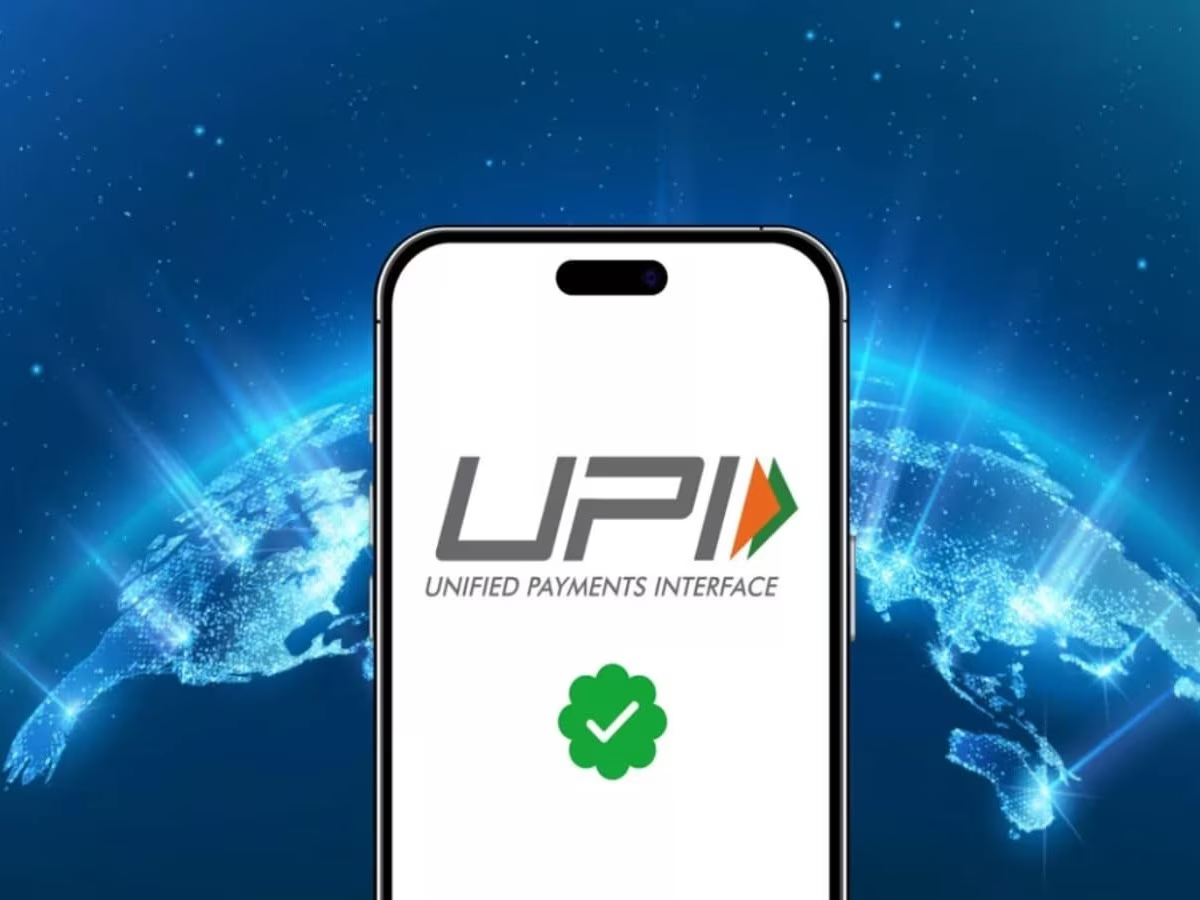In a move that could affect millions of digital payment users across India, Reserve Bank of India (RBI) Governor Sanjay Malhotra has indicated that Unified Payments Interface (UPI) transactions might not remain free forever. Speaking in an interview with The Financial Express, the RBI chief suggested that the current zero-charge model for UPI could soon be revisited in order to make the system financially sustainable.
According to Malhotra, while UPI continues to scale new heights in terms of adoption and daily transaction volumes, the cost of maintaining this system cannot be ignored. “At some point, someone will have to bear the cost,” he said, highlighting the need to ensure that the UPI ecosystem remains efficient, secure, and resilient in the long run.
Currently, UPI transactions are free of user charges, with the Indian government offering subsidies to banks and related institutions to keep the digital payment platform accessible for all. However, Malhotra pointed out that such subsidies are not a long-term solution. “Payments and money transfers are the lifeline of today’s economy. While the government is supporting banks and UPI operators to keep it free, this model is not financially viable in the long run. Some form of payment or cost-sharing may become necessary,” he added.
His comments come at a time when UPI usage has witnessed an exponential rise. Daily transaction volumes have doubled in just two years, jumping from 310 million to 600 million transactions per day, showcasing the platform’s rapid integration into everyday financial activity.
On the issue of maintaining a zero MDR (Merchant Discount Rate) policy — which prevents merchants from being charged for accepting UPI payments — Malhotra clarified that the final decision lies with the government. The debate over whether UPI should remain completely free for users has been ongoing, especially as stakeholders raise concerns about operational costs and infrastructure upkeep.
As discussions continue, users and financial institutions alike are watching closely to see if the era of free digital transactions is nearing its end. If a fee structure is introduced, it could change the way digital payments are perceived and used across India.


